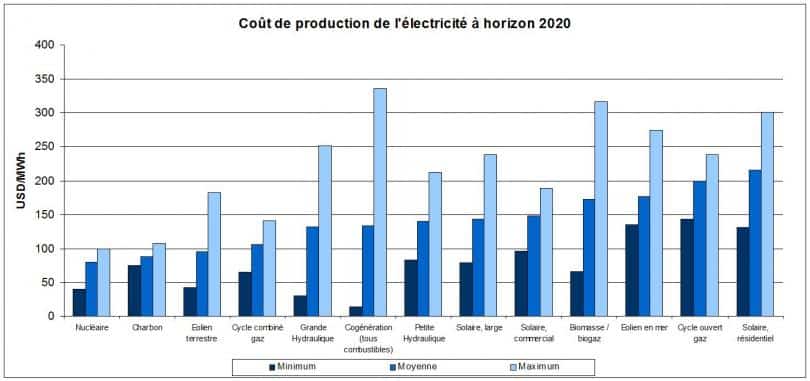Since the beginning of the 2010s, technologies relating to solar panel cells, but also those linked to AESA antenna modules, have made it possible to advance a concept long considered a technological unicorn, energy transmission by electromagnetic beam. Concretely, it involves transforming solar energy into electrical energy using high-performance photovoltaic cells, then transforming this electrical energy into electro-magnetic energy in the form ofchanneled microwave radiation via modules comparable to those used for the AESA antennas of modern radars, but operating on a microwave frequency, to be picked up by a receiver converting the energy received again into electrical energy. This technology would make it possible to capture solar energy in geostationary orbit, so as to permanently benefit from solar rays, and send it to reception/transformation stations on earth, creating a power source without carbon pollution, and virtually infinite... in theory.
In practice, we are still far from being able to implement such a solution, firstly due to the immense price gap which exists today between a Kw/h of electrical energy produced by the combustion of oil, gas , coal, and even nuclear energy, the price of which does not exceed a few euro cents, and the price of producing one kW/h of solar electrical energy in space, which still exceeds today €500. In fact, the lack of short or medium term market for these technologies has long limited the research funds allocated to it, despite the theoretical potential it represents.

But with tensions between states increasing around the world, this status quo may well be lifted. Indeed, the US Air Force announced, through the US Air Force Research Laboratory, the funding of a $100 million program to develop technologies aimed at implementing such a solution to supply electrical energy to military units in the field, particularly in external operations. Indeed, it would make it possible to power a unit, or an infrastructure, without requiring connection to an inherently vulnerable electrical infrastructure, nor depending on heavy and expensive generators, and requiring a continuous logistical flow for fuel. In other words, this technology would provide very significant energy autonomy to deployed units, a key asset in the conflicts that are looming tomorrow.
If the objective, for the AFRL, will only be to develop a limited production capacity to initially supply experimental units, the applications of this concept go far beyond the military domain. Indeed, the energy performances of recent photovoltaic cells, and those of active antenna modules, now make it possible to envisage, in the long term, an energy production cost per Kw/h reduced to only 7 to 8 euro cents, or a price consistent with that of electricity production using fossil energy, the price of which is likely to increase in the future, without even taking into consideration the ecological and climatic phenomena that result from it. In addition, energy production satellites, positioned in geostationary orbits, would be able to directly and continuously supply the collection areas, as close as possible to needs. This technology could well, in the long term, represent a decisive strategic issue for the future of the planet.

However, there remain many technological pitfalls to overcome, before reaching this technological and energy Holy Grail: reliability of equipment, difficulties and maintenance costs. But this is before the entry ticket for mass energy production which slows down the investments, and public will. Thus, a production capacity of 2.000 MW, the equivalent of 3 nuclear reactors, would cost more than $30 billion for initial implementation alone, according to evaluations by NASA Innovative Advanced Concepts, and would also be accompanied by significant technological risk-taking. With the explosion in construction costs of the 1650 MW Flamanville EPR plant as a reference, we understand the reservations of the public authorities in supporting this energy approach.
We can only hope that, as was the case for aviation, space flight, GPS and even the Internet, the technological investments made by the military to meet specific operational needs will also open up opportunities for economical and ecological mass energy production.
For more information on this technological scope, refer to this article from Space Review magazine
